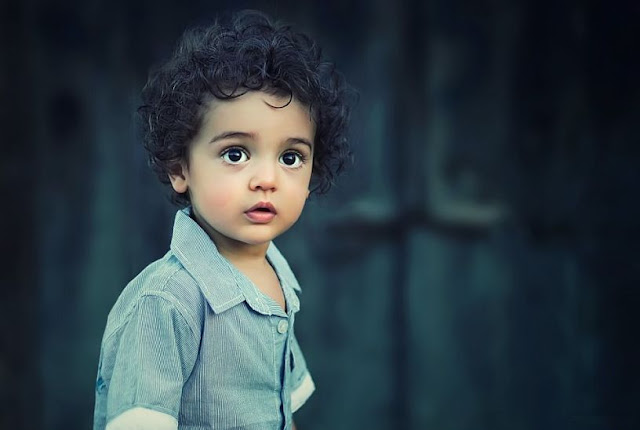Your child’s
social and emotional skills might not be as easy to track as the physical
milestones. Learn what skills you can expect to see at different ages.
Kids mature
and develop at different paces, but there are certain social and emotional
milestones you can expect at different ages. Keeping track of your child’s
progress as social and emotional skills develop can help reveal potential
issues. The following timeline shows what’s considered typical behavior as a
child develops.
Infants and
Babies
By 2 months
. Start to
smile and look directly at you
. Cry to get
needs met
.
Occasionally self-soothe by sucking on hands and fingers
By 4 months
. Smile and
play spontaneously
. Cry when
you stop playing
. Begin to
engage with you by imitating faces you make
By 6 months
. Are more
aware of which people are familiar and which are strangers
. Can
respond to your emotions by crying, smiling or laughing
. Enjoy
looking at themselves in the mirror
By 9 months
. Start to
show stranger anxiety
. Start to
prefer some toys over others
. May cry
when familiar faces aren’t around
By 12 months
. Play
favorites with familiar people
. Are more
interactive (for example, handing you a toy or a book or making a specific
noise to get your attention)
. Enjoy
simple interactive games like ‘patty-cake and peekaboo
Toddlers and
Preschoolers
Between 18
months and 2 years
. Have more
temper tantrums and become more defiant as attempts at independence and
communication increase
. Begin
simple pretend play, often by imitating what adults or other kids are doing
. Become
interested in having other kids around, but are more likely to play alongside
them (parallel play) then with them (cooperative play)
Between 3
and 4 years
. Start to
show and verbalize a wider range of emotion
. Are
interested in pretend play, but may confuse real and “make believe”
. Are
spontaneously kind and caring
. Start
playing with other kids and separate from you more easily
. May still
have tantrums because of changes in routine or not getting what they want
Social and
Emotional Skills What to Expect at Different Ages (2) (converted)
Grade-School
Between 5
and 6 years
. Are aware
of their gender and may prefer to play with same-sex peers
. Enjoy
playing with other kids and are more conversational and independent
. Test
boundaries but are still eager to please and help out
. Begin to
understand what it means to feel embarrassed
Between 7
and 8 years
. Are more
aware of others’ perceptions
. May
complain about friendships and other kids’ reactions
. Want to
behave well, but aren’t as attentive to your directions
. Try to
express feelings with words, but may resort to aggression when upset
Between 9
and 10 years
. Start
narrowing peer groups to a few close friends they share secrets and jokes with
. May withdraw
from family activities and conversations to start developing their own identity
. Are
affectionate, silly and curious, but can also be selfish, rude and
argumentative
Middle-School
and High-School
Between 11
and 15 years old
. Start
thinking more logically
. Are
introspective and moody and need privacy
. Value
friends’ and others’ opinions more and more
. May test
out new ideas, clothing styles and mannerisms in an attempt to find where they
fit in
Between 16
and 18 years old
. Strive to
be independent and may start emotionally distancing from you
. Start
trying to discover their own strengths and weaknesses, which can make them seem
self-centered, impulsive or moody
. Show pride
in successes
. May be
interested in dating and spend a lot of time with friends
………………………..


0 comments:
Post a Comment